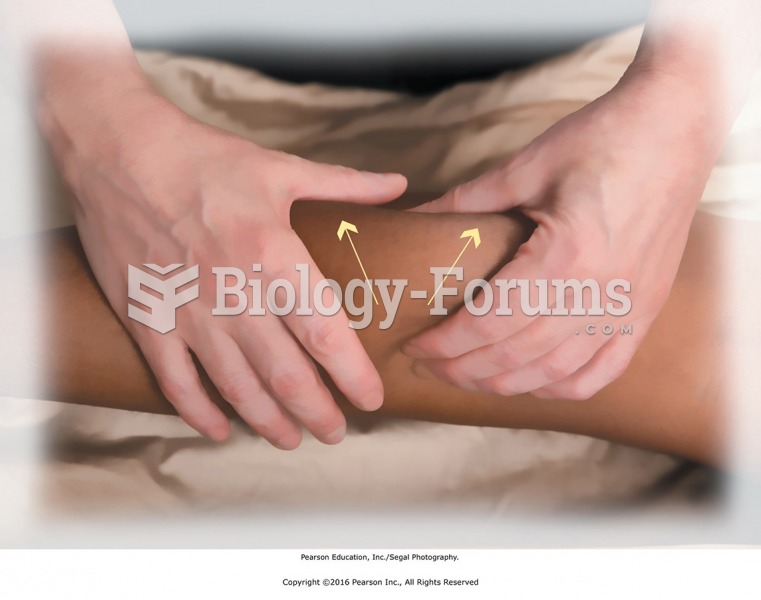Answer to Question 1
Answer: A company's vision is a general statement of the company's intended direction that shows in broad terms what a company wants to become. A vision statement is future-oriented while a mission statement is oriented in the present. Mission statements indicate what a company is doing right now while vision statements are what a company strives to become. The vision statement will impact how the organization plans for the future and what it focuses. The mission statement is the plan for what the organization is doing in the current time period and day to day.
Answer to Question 2
Answer: Strategic management is the process of identifying and executing the organization's mission, by matching the organization's capabilities with the demands of its environment. The steps are as follows:
Step 1: Where are we now as a business?Here the manager defines the company's current business and mission. Specifically, what products do we sell, where do we sell them, and how do our products or services differ from our competitors'?
Step 2: The second step is to ask, Are we in the right business given our strengths and weaknesses and the challenges that we face? To answer this, managers audit or study both the firm's environment and the firm's internal strengths and weaknesses. Prudent managers periodically assess what's happening in their environments. You need to audit the firm's environment and strengths and weaknesses. You can use the environmental scanning worksheet or the SWOT chart.
Step 3: Decide what our new business should be in terms of what we sell, where we will sell it, and how our products or services differ from competitors' products and services. This step is where vision statements and mission statements are developed.
Step 4: Translate the desired new direction into strategic goals. At Ford, for example, what exactly did making Quality Job One mean for each department in terms of how they would boost quality? The answer was laid out in goals such as no more than 1 initial defect per 10,000 cars.
Step 5: The manager chooses strategiescourses of actionthat will enable the company to achieve its strategic goals. For example, how should Ford pursue its goal of no more than 1 initial defect per 10,000 cars? Perhaps open two new high-tech plants and put in place new, rigorous employee selection, training, and performance-appraisal procedures.
Step 6: Strategy execution, which means translating the strategies created into action. This means actually hiring (or firing) people, building (or closing) plants, and adding (or eliminating) products and product lines.
Step 7: The manager evaluates the results of his or her planning and execution. Things don't always turn out as planned. All managers should periodically assess the progress of strategic decisions.






